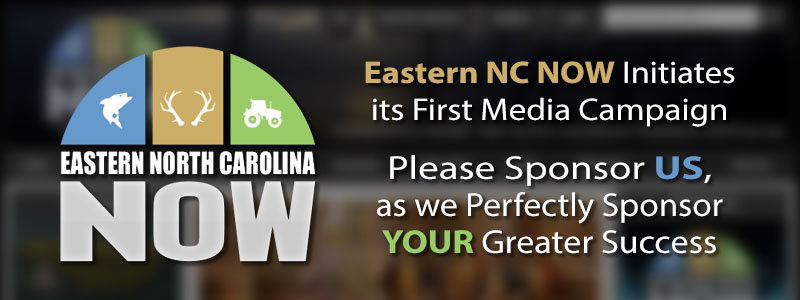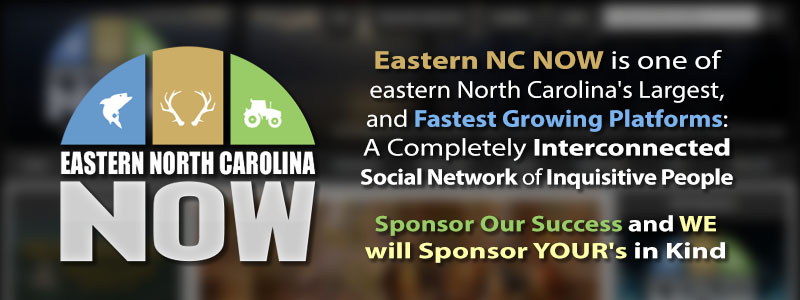Publisher's note: The author of this post is Sarah Curry, who is Director of Fiscal Policy Studies for the John Locke Foundation.
There are
six counties with quarter-cent increases to their sales taxes on the ballot in November. Some of these counties have tried in years past to increase their sales taxes, and voters have rejected the proposal. For others, this will be the first time on the ballot.
The first state mandated sales tax was created in
1933, and the first local sales tax was authorized in
1971. In 2007, the General Assembly passed a law that allowed counties to impose a local-option, quarter-cent sales tax. North Carolina
General Statute 105-537 states that voters in a referendum must approve the sales tax before a county can collect the additional tax. According to the
NC Association of County Commissioners, for the period November 7, 2007, through May 8, 2014, 96 referendums on the quarter-cent sales tax were held in 62 counties. Of those, 27 were approved. If approved, the county sales tax rate will be 2.25 percent assuming no other taxes have been approved.
While many local governments claim they will collect the tax for a specific purpose, that is not permissible by law. Any revenue generated from the local-option, quarter-cent sales tax is considered general revenue and can be spent on anything in the county's budget. County commissioners typically pledge to spend the tax revenue on a specific area of the budget, but there is no legally binding way to ensure that will happen. Rather, each governing board can decide where to spend the money - regardless of the promises made to voters.
While knowing the money cannot be earmarked, each of the six referendums on the November ballot have items they have decided warrant a sales tax increase. Below is each county's reasoning, but remember - regardless of what they say it will go towards, there is no guarantee that is where the money will actually be spent.
Bladen County is on its third try to increase the sales tax. Voters rejected the tax in 2010 and most recently during the May 6th election this year by
72 percent to 28 percent. The tax is expected to generate between
$350,000 and
$500,000. County commissioners have said the tax will go towards capital improvements for education, yet they also say the county has needs in its jail and emergency medical services. To put this into perspective, the county's budget for the year ending June 30, 2013 was
$48.5 million, with the largest expenditure being debt service at 28 percent. Following are health services at 26 percent, public safety at 17 percent, and education at 15 percent.
Carteret County residents will vote on a sales tax increase for the first time in November. The county's largest spending items are education at
27 percent and human services at
21 percent of the total county budget. County commissioners have
said they would like the estimated $2.5-$2.6 million in additional revenue from the tax to pay for dredging and waterway care, usually a cost-sharing activity between counties and the state. Other commissioners have said they would like to use the money to fund school technology initiatives or combat drainage problems. The county currently spends
4.4 percent on environmental protection.
Guilford County residents will have the chance to vote on the sales tax increase a fourth time, with previous votes being held once 2010 and twice in 2008. The county is focusing solely on schools as the selling point for this sales tax referendum. An estimated $14 million would be generated from the tax and it has been said the additional funds will go toward funding classroom teachers, making repairs and maintaining facilities, buying more supplies and textbooks, increasing teacher compensation and incentives, and improving school security. The county already spends 48 percent of its nearly $568 million budget on education. Read this for a more in depth look at the Guilford debate.
Mecklenburg County has the largest county budget in the state at
$1.5 billion and is voting for the first time on the quarter-option sales tax.
According to the chairman of the county commission, eighty percent of the new tax revenue would go to raise the pay of Charlotte-Mecklenburg Schools employees, 7.5 percent to raise pay at Central Piedmont Community College and 7.5 percent to the Arts and Science Council. The remaining amount would go to the county's public libraries. The county's largest expenditure is on education services, amounting to 38 percent of the total budget.
Richmond County will vote on a sales tax increase for the first time, and the board of commissioners is using a
recreational complex as the focus for the revenue. The tax is expected to collect between $600,000 and $700,000 a year. The initial phase of the sports complex will cost $10 to $12 million, with six other phases following for which no cost has been estimated. The superintendent of Richmond County Schools
said, "our funding has been flat for the last few years. ... I'm hoping that maybe we can get a bump this year depending on how this sales tax thing goes." Currently the
county spends 22 percent of its general fund on education, less than one percent on economic development, less than one percent on parks and recreation, and 8.5 percent on debt service.
Rockingham County held a sales tax referendum once before in 2008, making this the second time the sales tax increase has been on the ballot for residents. Expected to generate $1.5 million per year, the sole purpose touted for this tax has been education. The county has
specifically stated it will spend it on construction, repairs, equipment, and debt repayment for both the public schools and the community college. The county's total budget is
$124 million, with 19 percent spent on education and education debt. Sales taxes are the smallest revenue source for the county collecting only
$10.7 million per year.
Four of these counties have stated they will use the money to fund education, one for dredging, and the other for parks and recreation. If you are from one of these counties, I encourage you to look at your county's budget and see if the additional revenue is needed. There is probably some unnecessary spending that could be cut in order to reprioritize your local government's budget priorities and save you an additional tax during check out.























